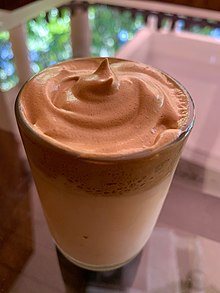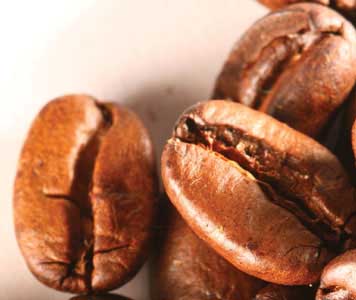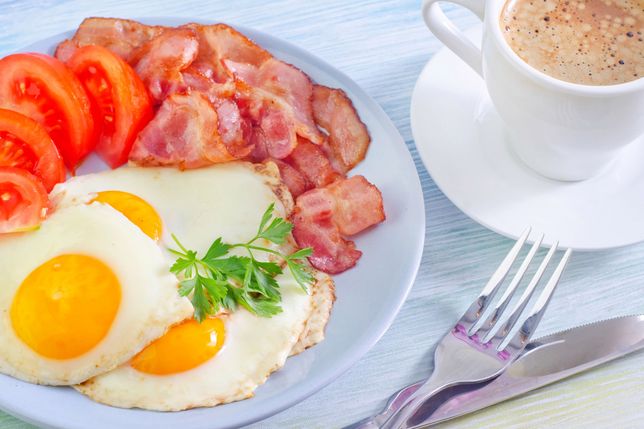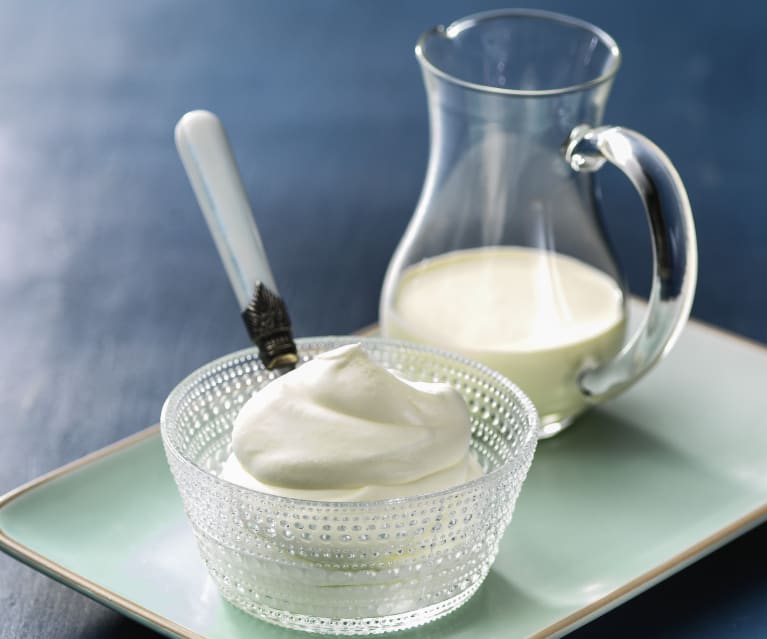Dalgon coffee

Dalgon coffee is a drink prepared by churning equal proportions of soluble coffee powder, sugar and hot water until a creamy consistency, and then adding it to cold or hot milk. It is sprinkled with ground coffee from time to time, cocoa, crushed biscuits or honey. It was popularized on social media during the COVID-19 pandemic, when people refraining from leaving the house started making videos of churning coffee at home, manually, without the use of electric mixers. The name comes from dalgona, Korean sweets with sugar, due to the similarity in taste and appearance, although most dalgae coffee does not actually contain dalgae.
The viral trend of sharing do-it-yourself coffee recipes and photos for the first time gained importance in connection with social orders in South Korea and is therefore called "quarantine drink" or "quarantine coffee". It is named after the South Korean actor Jung Il-woo , który zamówił bitą kawę w restauracji w Makau podczas swojego występu w programie KBS2 o nazwie Stars ‘Top Recipe at Fun-Staurant ( New release hen restaurant ). He compared the taste to dalgona,
for Korean honeycomb toffee.
Under the hashtag #dalgonacoffeechallenge, homemade versions of dalgon coffee began to spread on South Korean YouTube and TikTok channels . The increase in interest during the quarantine period was attributed to the sedative, ASMR-like effects of watching online videos. Although this drink was popularized as a home version of whipped coffee, it becomes a menu item in many coffee shops in South Korea.
The drink is inspired by an Indian coffee drink called phenti hui coffe, phitti hui coffe. The only difference is this, that while making phenti hui coffee, the milk is poured over the whipped mixture rather than pouring the spoon over the milk.
While most dalgae coffee does not actually contain dalgae, one South Korean cafe combines dalgae with milk tea or coffee. Preparation is not possible dalgona coffee with ground coffee beans; Instant coffee creates a thick and frothy top, the reason for this has a lot to do with the drying process of the coffee granules.











